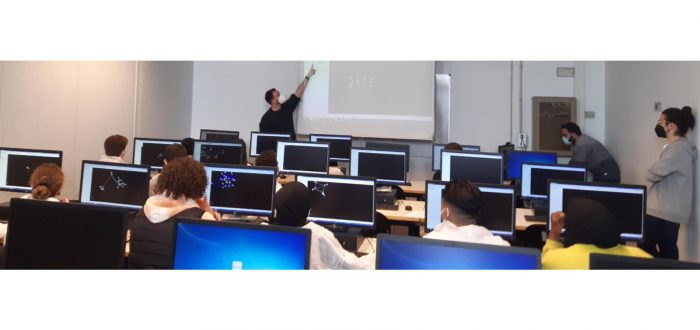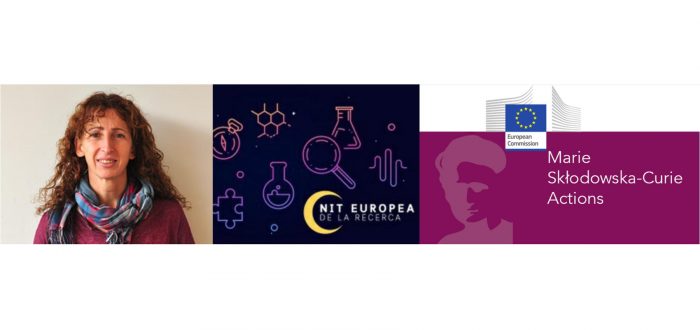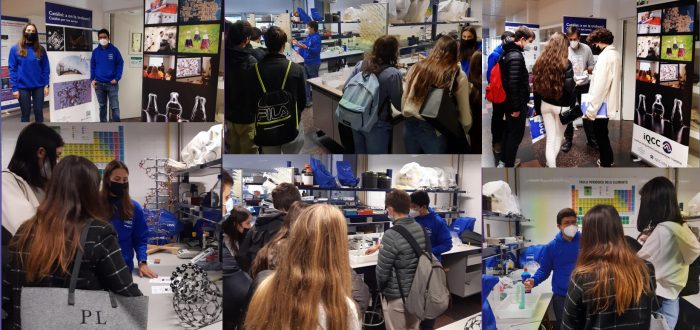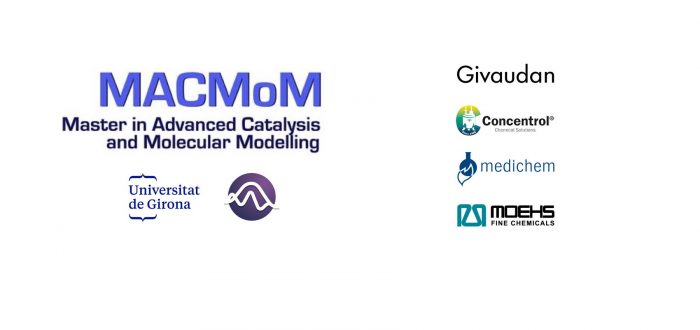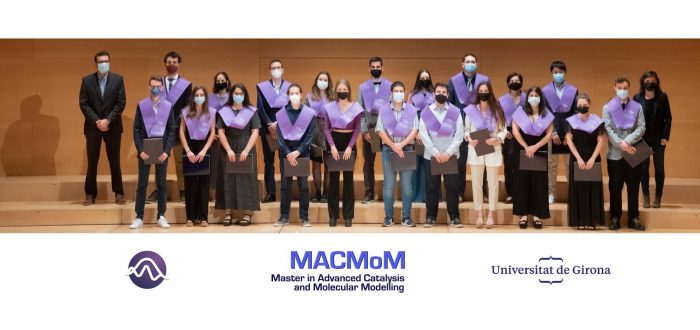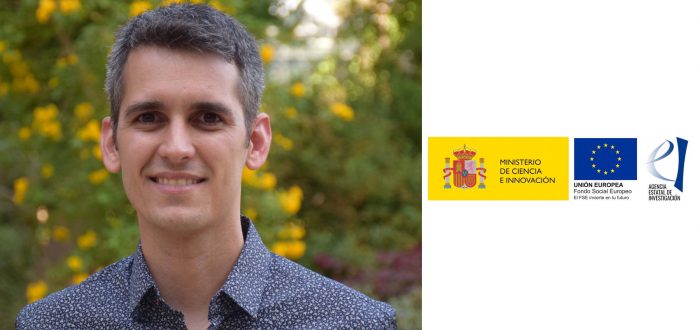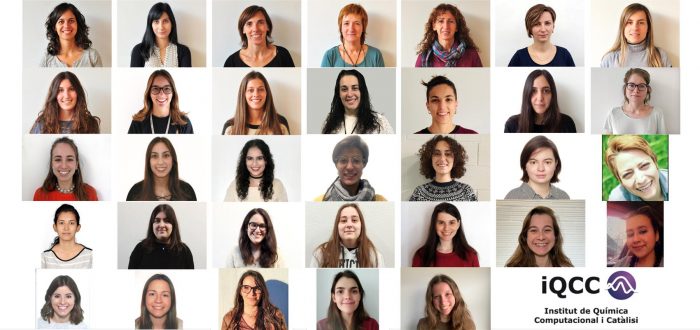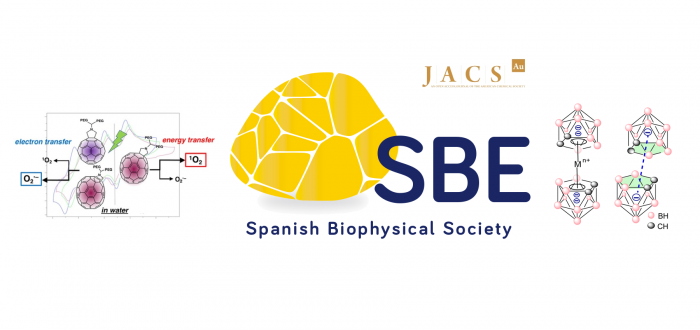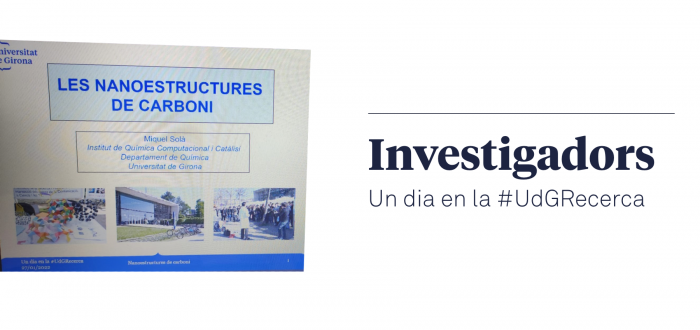A few times a year, the IQCC opens its doors and gives the opportunity to high-school students to know our work through exciting lectures and computational and experimental workshops. This provides the secondary school pupils the possibility to get a feel for the research and have real-time chemistry in their hands. Yesterday it was the
- sec.iqcc@udg.edu
- +34 972 41 83 57
News
The project #NitRecerCat: La Nit Europea de la Recerca, within the HORIZON-MSCA-2022-CITIZENS call, aims to celebrate the European Researchers’ Night in Catalonia as well as take Researchers at Schools . The consortium, coordinated by Dr. Sílvia Simon, includes partners from different Catalan cities. Universitat de Barcelona, Universitat Rovira i Virgili, Universitat de Lleida, Universitat de
Every year, there is an Open Days at the University of Girona: a unique opportunity for high-school students to get to know first hand the campuses, centres, sports facilities, training on offer and a wide range of cultural activities. This time, the IQCC together with the Scientific Culture and Digital Communication (C4D) unit of the
Today, four of the Master in Advanced Catalysis and Molecular Modelling (MACMoM) students have started a internship in different national companies (Givaudan, Concentrol, Medichem and Moehs) to perform their Master research project (TFM). Internship in a company is an optional module of the MACMoM Master, in which the students can perform a full-time internship in
Last 15th October 2021 took place the graduation of two promotions of Master in Advanced Catalysis and Molecular Modelling (MACMoM) students of the IQCC University of Girona at Auditorium of Girona. During 2019-2020 there were 13 students and the promotion of 2020-2021 15 students. The master is 100% in English and provides students with the
On February 1st, 2022, Dr. Marc Garcia Borràs has started his new position at the Department of Chemistry, University of Girona, as a Ramón y Cajal (RyC) Fellow. The Ramón y Cajal Fellowship program is co-financed by the European Commission’s European Social Fund through the Spanish Ministry of Science and Innovation. These grants are aimed
This coming Friday (11th of February) is the International day of Women and Girls in Science. The IQCC has currently a rather favourable balance in gender ratio of staff members, both at the Master level (47%), PhD level (37%), postdocs (13%) and permanent researchers staff (29%). Notably, out of the 4 most recent permanent members,
The last two JACS Au papers of Prof. Miquel Solà have been highlighted in October and November by the Spanish Biophysical Society: Photoinduced Reactions of C60 and C70 in Water Three types of water-soluble fullerene derivatives were prepared from their Prato adducts by conjugation with PEG. One Prato derivative of C60 ([6,6]-addition) and two Prato derivatives
Last January 27th, more than 1000 pupils from different high schools all around Catalonia participated in the live conference by Miquel Solà. They could learn what a chemist does, in particular about carbon nanostructures. This talk belongs to the seminar program offered by the Universitat de Girona “Un dia a la #UdGRecerca”, with two conferences at the
Dr. Yeamin has recently become a new member of the Institute of Computational Chemistry and Catalysis (IQCC) as a Margarita Salas Fellow. Dr. Yeamin received his PhD in Chemistry from University Rovira i Virgili in 2021. During his PhD, he worked with Prof. Anna M. Masdeu Bultó and Dr. Mar Reguero on carbon dioxide cycloaddition

